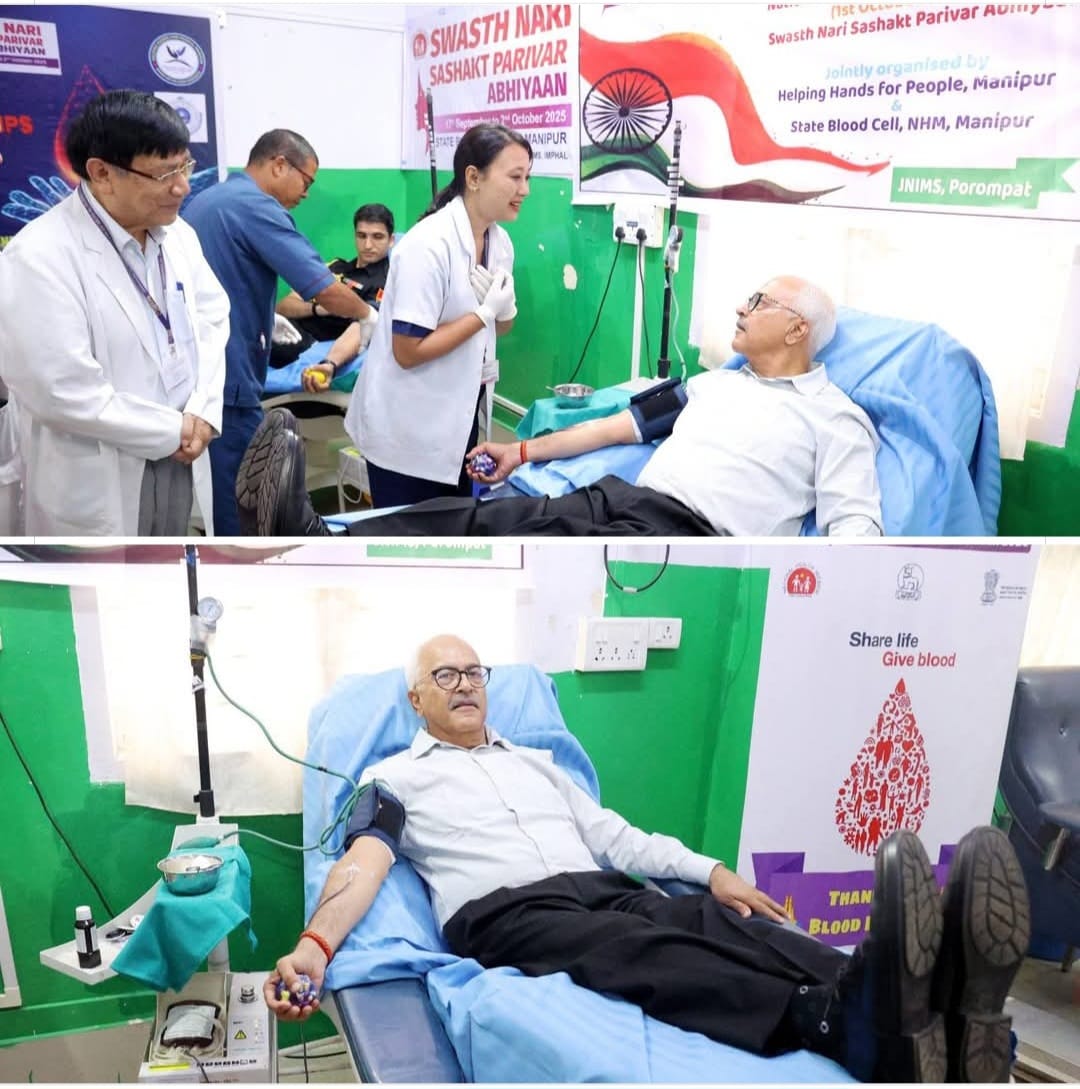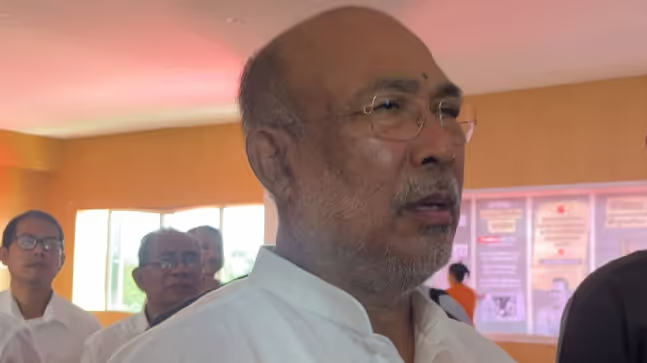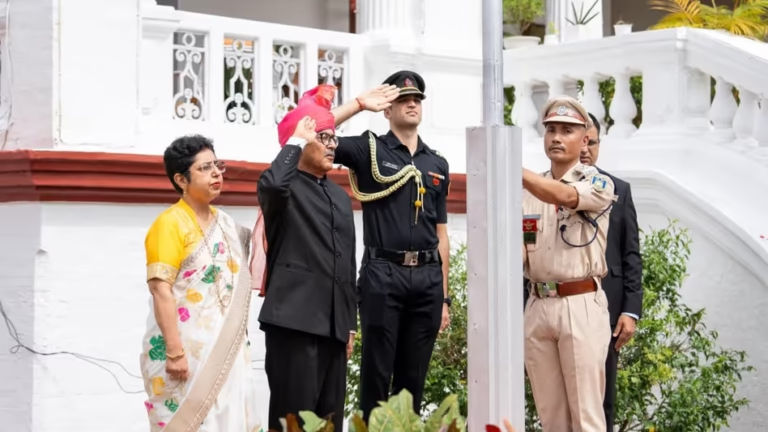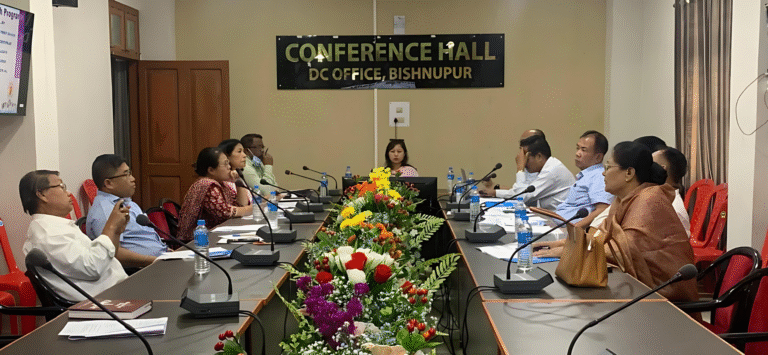Governor Leads by Example: Donating Blood on National Voluntary Blood Donation Day 2025
On National Voluntary Blood Donation Day 2025, the Governor of Manipur set a powerful example by donating blood personally. The act was a public reminder of the lifesaving power of voluntary blood donation and a call to civic responsibility: if one person’s unit of blood can become the lifeline for others, then each of us holds the power to pass on hope. The Governor’s gesture emphasized that donating blood is an easy, safe, and deeply human way to ensure no life is lost for want of blood.
FAQs
Q1: Who was the Governor who donated on National Voluntary Blood Donation Day 2025?
A1: The Governor of Manipur led by example by donating blood on National Voluntary Blood Donation Day 2025. (The act was public and intended to encourage voluntary donation across the state.)
Q2: How often can a healthy adult donate blood?
A2: Typically, whole-blood donors can give every 8–12 weeks depending on local guidelines. Platelet donors have different intervals, often every 2–4 weeks, since platelet donations and their recovery timelines differ. Always follow the advice of the blood bank screening staff.
Q3: Are there age or health restrictions for donating?
A3: Yes. Donor eligibility includes minimum age, weight and haemoglobin criteria, and excludes people with certain medical conditions or recent high-risk exposures. Screening questions and a brief health check at the donation site clarify eligibility.
Q4: How long does a donation drive take and what should I bring?
A4: Expect about 45–60 minutes for registration, screening, donation and recovery. Bring ID, a list of any medications you take, and eat a good meal beforehand; avoid heavy alcohol the day before. Hydrate well.
Q5: How can organisations help sustain the blood supply after a high-profile donation?
A5: Organisations can host regular drives, provide leave for donors, fund mobile blood units, educate employees, and partner with hospitals for storage and logistics. Recognition programs and small incentives (like certificates) help maintain donor engagement.




